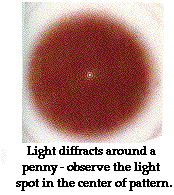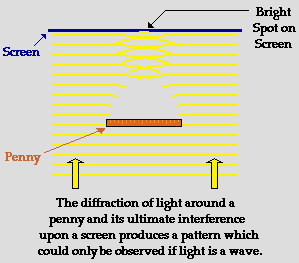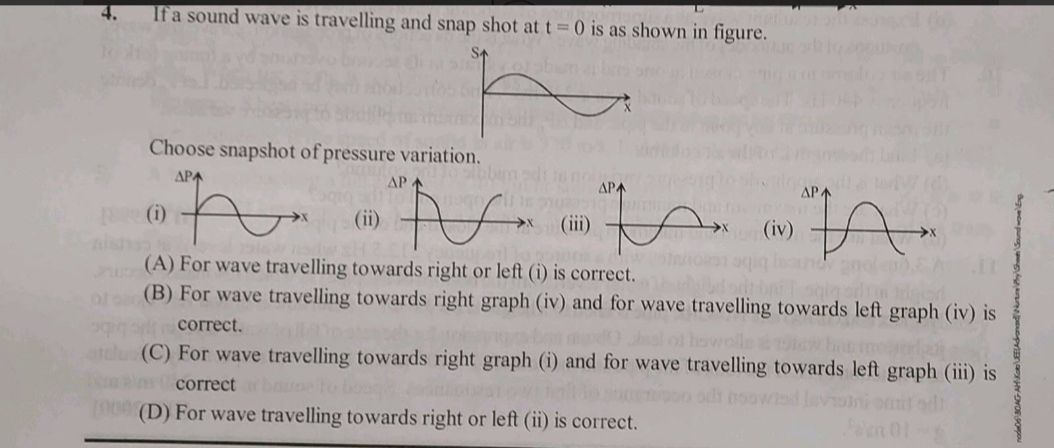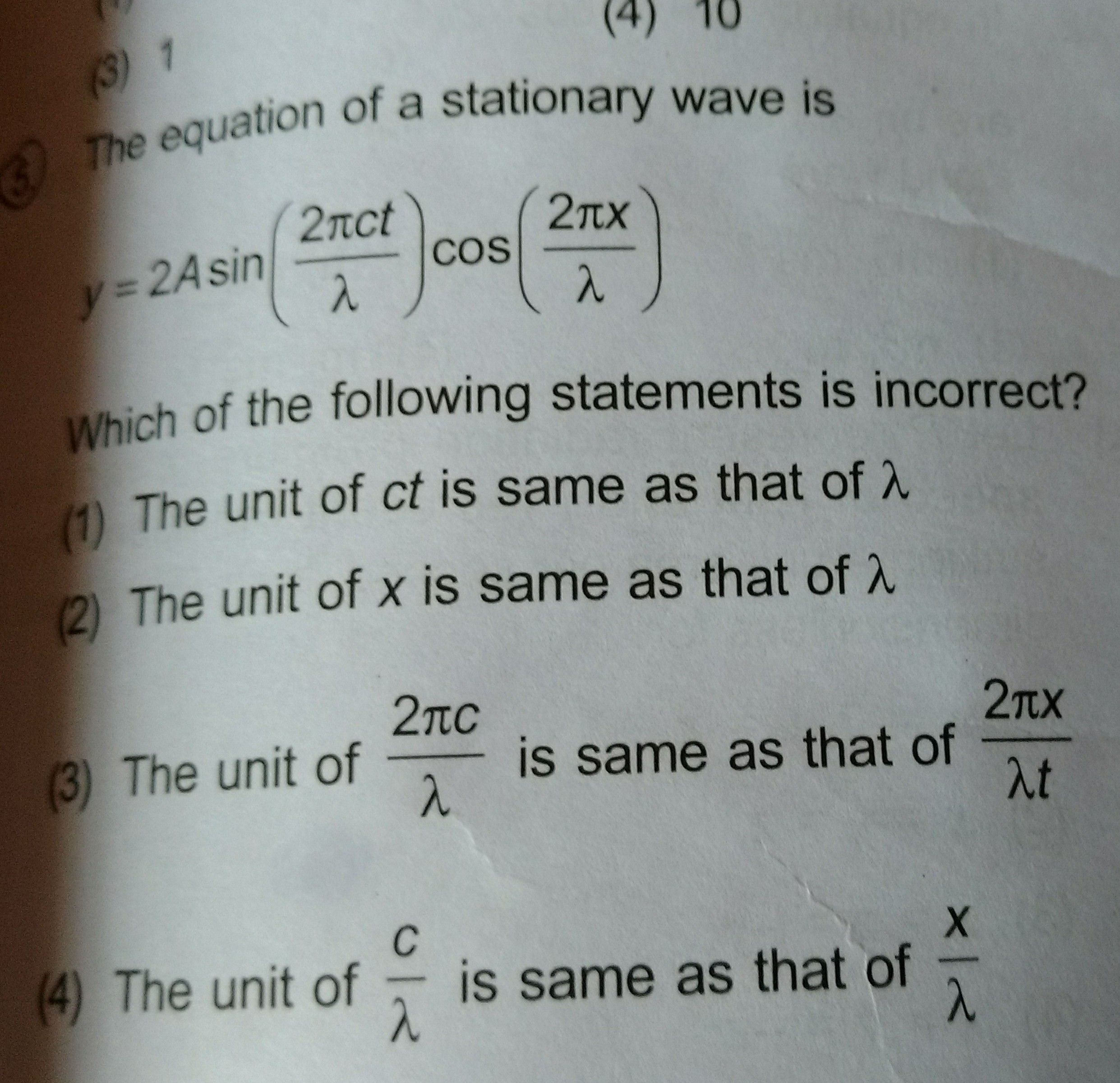CBSE Class 11-science Answered
Reflection involves a change in direction of waves when they bounce off a barrier. Refraction of waves involves a change in the direction of waves as they pass from one medium to another. And diffraction involves a change in direction of waves as they pass through an opening or around an obstacle in their path. Water waves have the ability to travel around corners, around obstacles and through openings. Sound waves do the same. But what about light? Do light waves bend around obstacles and through openings? If they do, then it would provide still more evidence to support the belief that light behaves as a wave.
When light encounters an obstacle in its path, the obstacle blocks the light and tends to cause the formation of a shadow in the region behind the obstacle. Light does not exhibit a very noticeable ability to bend  around the obstacle and fill in the region behind it with light. Nonetheless, light does diffract around obstacles. In fact, if you observe a shadow carefully, you will notice that its edges are extremely fuzzy. Interference effects occur due to the diffraction of light around different sides of the object, causing the shadow of the object to be fuzzy. This is often demonstrated in a Physics classroom with a laser light and penny demonstration. Light diffracting around the right edge of a penny can constructively and destructively interfere with light diffracting around the left edge of the penny. The result is that an interference pattern is created; the pattern consists of alternating rings of light and darkness. Such a pattern is only noticeable if a narrow beam of monochromatic light (i.e., single wavelength light) is passed directed at the penny. The photograph at the right shows an interference pattern created in this manner. Since, light waves are diffracting around the edges of the penny, the waves are broken up into different wavefronts that converge at a point on a screen to produce the interference pattern shown in the photograph.
around the obstacle and fill in the region behind it with light. Nonetheless, light does diffract around obstacles. In fact, if you observe a shadow carefully, you will notice that its edges are extremely fuzzy. Interference effects occur due to the diffraction of light around different sides of the object, causing the shadow of the object to be fuzzy. This is often demonstrated in a Physics classroom with a laser light and penny demonstration. Light diffracting around the right edge of a penny can constructively and destructively interfere with light diffracting around the left edge of the penny. The result is that an interference pattern is created; the pattern consists of alternating rings of light and darkness. Such a pattern is only noticeable if a narrow beam of monochromatic light (i.e., single wavelength light) is passed directed at the penny. The photograph at the right shows an interference pattern created in this manner. Since, light waves are diffracting around the edges of the penny, the waves are broken up into different wavefronts that converge at a point on a screen to produce the interference pattern shown in the photograph.










